After Washington’s exit from the JCPOA in May last year the EU, in order to save face and have a show of sovereignty and independence from the US decision-making, decided to stay with the JCPOA and in order to keep the historical nuclear deal alive and act on their promises they pledged to come up with an SPV which will keep the trade flowing between Europe and Iran.
After missing several deadlines, finally, on January 31 the European trio announced registration of such an SPV. In order to save face, it was announced that initially, the INSTEX will focus “on sectors most essential, such as pharmaceutical, medical devices, and agri-food goods.” By doing so, the E-3 has avoided a direct clash with the White House, since US sanctions already permit these categories of trade due to their humanitarian nature. This puts forward the question of creation and purpose of SPV in the first place.
In this driver-less SPV trade of oil is nowhere in sight and Washington remains on track with its goal of bringing Iranian fossil fuel exports to “zero” while E-3 can claim they remain committed to the nuclear deal. This is hypocrisy in action.
Iran’s ballistic missile program
The spate of intermediate ballistic missiles and satellite launches by Iran around the fortieth anniversary of the 1979 Islamic Revolution took the forefront in Western media. Iran suffered intensively due to missile bombardments by Saddam Hussain’s army during the 1980-88 war. And to this day Iran is under the threat of military assault.
Iran maintains that the missile program is for defensive purposes and acts as a deterrent.
Only recently Washington pulled out of the Intermediate-Range Nuclear Forces (INF) Treaty, a major 1987 US-Soviet accord on potential nuclear missile technology. Without wasting time, Russia reacted by pulling out from the INF as well.
During the State of the Union address in the US Congress on Feb. 5, France, the US, and Russia all test-fired nuclear-capable missiles. Moreover, Iran’s regional rival Saudi Arabia launched a surveillance and communications satellite into orbit aboard a French rocket fired from space center in South America on the same day.
So far International Atomic Energy Agency (IAEA) has certified that Iran has complied with all its commitments under the 2015 Iran nuclear deal.
If INSTEX is a vehicle that is meant to persuade Iran to remain in the nuclear deal then this engine-less vehicle just might end up doing the opposite.
Iranian Foreign Minister Mohammad Javad Zarif called on the European Union to meet its obligations under the deal, saying Iran may pull out of the JCPOA if Europe sets conditions for INSTEX.
MNA/TT

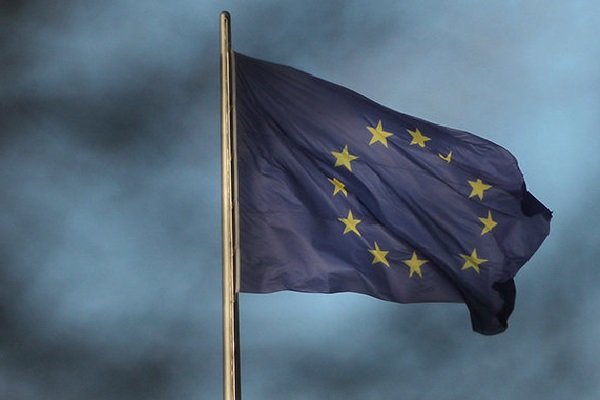

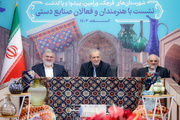

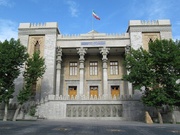

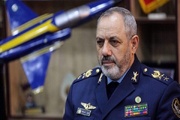
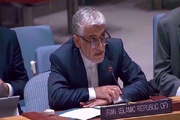
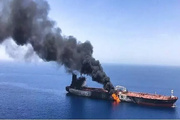


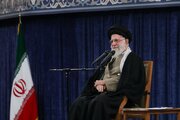



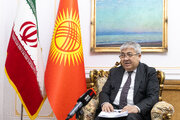
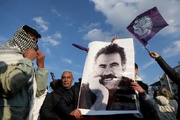
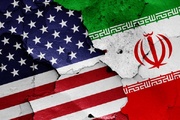
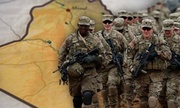


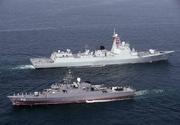


Your Comment